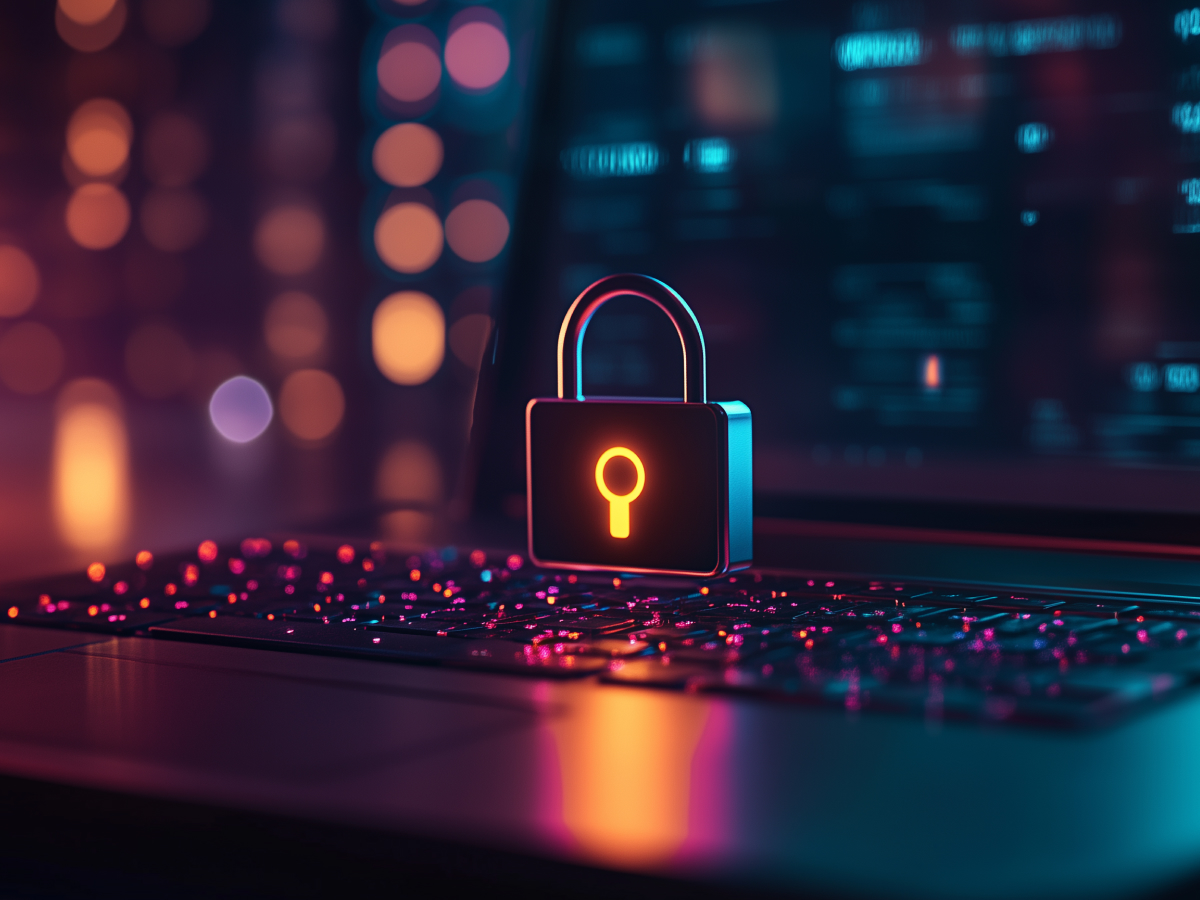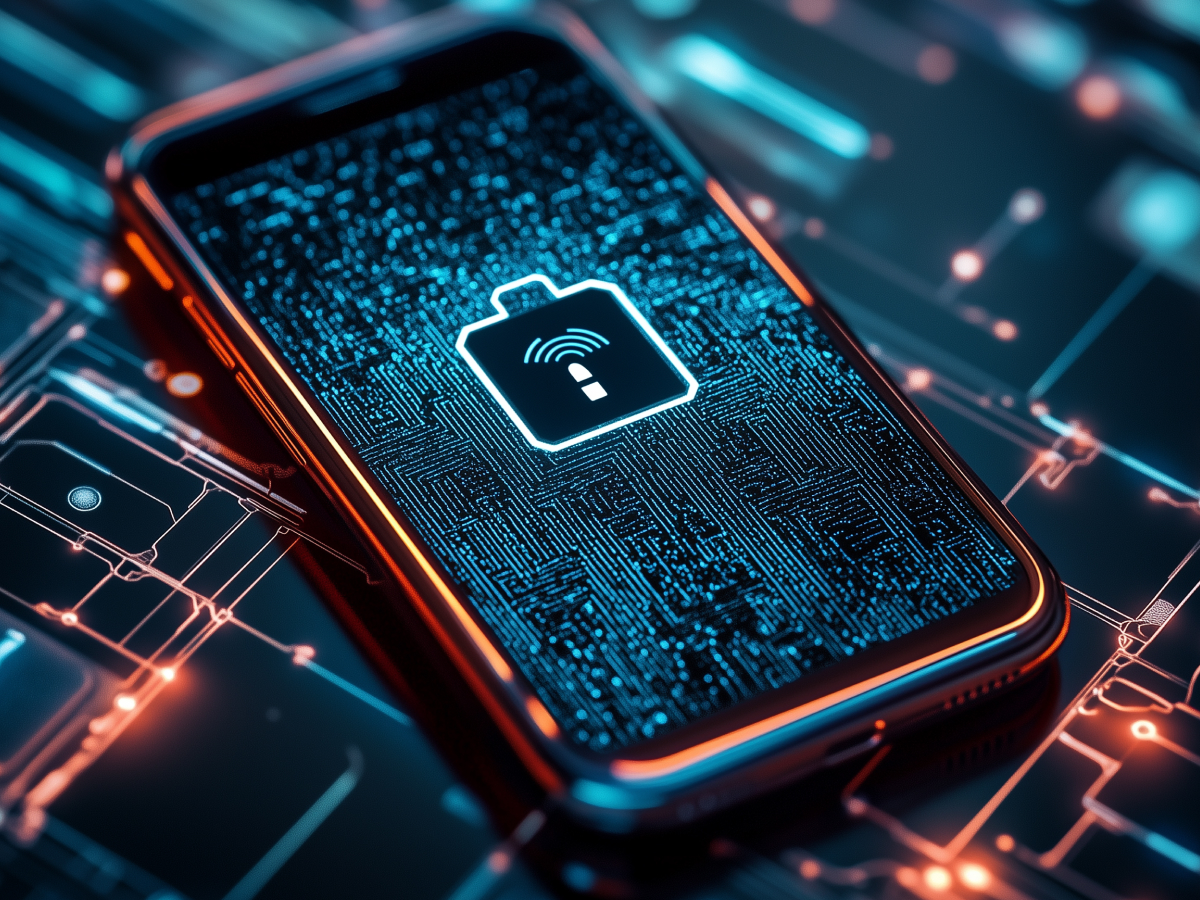The decline of passwords
Passwords are a mess. They’ve been around forever, but they’re fundamentally flawed. People reuse them, forget them, and make them too simple. And attackers? They love it. Brute force attacks, credential stuffing, phishing, these methods exist because passwords are weak links.
Security teams know this too well. IT departments burn hours resetting passwords and fixing credential-based breaches. Meanwhile, users deal with the exhausting process of managing dozens of logins. It’s a waste of time and money.
The reality is, passwords are inconvenient and they’re dangerous. A Ping Identity survey found that 62% of Australian businesses worry about phishing, and 56% are concerned about credential compromise. These numbers tell the story: passwords are a liability, not a solution.
It’s time to move on.
Passwordless authentication as a solution
“If a system’s biggest weakness is passwords, the solution is obvious, get rid of them. Enter passwordless authentication.”
Instead of passwords, we use things that are much harder to steal, biometrics (fingerprints, facial recognition), device-based authentication, and cryptographic keys. No passwords, no phishing, no brute-force attacks. Security goes up, complexity goes down.
This is already taking hold. Passkeys, based on FIDO2 standards, are becoming the new norm. Companies like Apple, Google, and Microsoft are rolling out systems where your device itself is the key. You authenticate with your fingerprint or face, and the device handles the rest securely.
For businesses, this means fewer helpdesk calls, lower costs, and tighter security. No more password resets, no more credential stuffing, no more easy attack vectors. It’s simple, secure, and, most importantly, inevitable.
Multi-Factor Authentication (MFA)
Now, some will argue: “We already have multi-factor authentication (MFA), isn’t that enough?” Yes and no.
MFA strengthens security by requiring multiple forms of verification, something you know (a password), something you have (a phone or token), and something you are (biometrics). This makes it much harder for attackers to break in. In fact, many regulations like GDPR and PCI-DSS require MFA for sensitive data access.
But MFA still has friction. If a user needs to enter a password, get a code from their phone, and verify with their fingerprint, every single time, it slows everything down. Users get frustrated, and when security gets in the way, they find shortcuts. That’s when mistakes happen.
Passwordless authentication keeps the best parts of MFA but removes the weakest link, the password. Instead of asking for something you know, the system checks something you have (your device) and something you are (your fingerprint or face). It’s MFA, but simple.
User experience
“Security needs to keep hackers out and make life easier for legitimate users. And that’s where passwordless authentication shines.”
MFA is powerful, but it’s not always user-friendly. Asking for multiple steps every time someone logs in creates friction. People hate friction. They’ll avoid security measures if they feel like a burden. That’s why password resets are one of the most common IT support requests, people forget, get locked out, and need help.
Passwordless systems flip the equation. Instead of jumping through hoops, users log in with a fingerprint, a face scan, or a trusted device. It’s faster, simpler, and more secure. When security is simple, people don’t fight it, they embrace it.
Security that’s too complicated doesn’t get used. Passwordless systems remove barriers, increase compliance, and improve overall security posture.
The future of authentication isn’t just about stopping attacks. It’s about replacing outdated systems with something that actually works, for security teams, for businesses, and for the people using them every day.
Cost and implementation considerations
Any authentication system needs to balance security, cost, and ease of implementation. That’s where things get interesting.
The cost of MFA
MFA is relatively easy to implement but comes with ongoing costs. Businesses need to manage hardware tokens, SMS-based authentication, and support for lost or stolen devices. The upfront costs may seem moderate, but the hidden expenses, IT support, user training, and maintenance, stack up over time. And let’s not forget the human factor: if an employee loses access to their authentication device, productivity drops while IT scrambles to fix it.
The cost of going passwordless
Passwordless authentication, especially biometric and device-based systems, requires more upfront investment but it saves money in the long run. Eliminating passwords means fewer password resets, fewer IT support tickets, and fewer security breaches caused by weak credentials.
Another advantage? Scalability. As companies grow, managing thousands of users with traditional MFA becomes a logistical nightmare. Passwordless authentication is designed to scale effortlessly, especially with modern standards like FIDO2 and passkeys, which integrate into existing infrastructure.
Implementation challenges
Of course, no system is perfect. MFA often struggles with legacy systems that weren’t built for multi-factor security. Some businesses still rely on outdated software that doesn’t support modern authentication methods, forcing IT teams to find workarounds.
Passwordless authentication has its own hurdles. It requires modern devices that support biometrics or cryptographic authentication. If employees are using older hardware, rolling out passwordless security becomes a challenge. And in industries with high device turnover, like retail or healthcare, transitions across devices require careful planning.
The bottom line? Short-term costs vs. long-term gains. MFA might be an easier sell in the short run, but passwordless authentication reduces IT workload, increases security, and improves user experience over time. For companies thinking beyond the next fiscal quarter, the decision is obvious.
The need for a hybrid approach
“Security isn’t about choosing one solution over another, it’s about finding the right balance.”
For many businesses, the best approach isn’t MFA or passwordless authentication, it’s both. The key is using the right tool for the right situation.
Where MFA makes sense
MFA remains key for securing high-risk actions, financial transactions, privileged system access, and regulatory compliance scenarios. It’s an important layer of protection where extra verification is necessary.
For example, a CEO approving a multi-million-dollar wire transfer shouldn’t be able to do it with just a fingerprint scan. A multi-step authentication process, maybe biometrics, plus a device-based confirmation, plus a hardware token, adds security without overwhelming everyday users.
Where passwordless is the future
For everything else, daily logins, internal systems, customer accounts, passwordless authentication should be the default. A frictionless experience improves adoption, reduces IT headaches, and minimizes common security risks. It makes sure that users don’t fall back on bad habits like weak passwords or reusing credentials.
Security is evolving. companies must too.
The way we think about authentication needs to change. Passwords are outdated. MFA is powerful but sometimes clunky. Passwordless authentication is the future, but implementation takes planning.
The companies that get this right will be the ones that build security strategies for the next decade.
The goal is to stop hackers and to make security so simple, so smooth, that people actually use it. That’s the future. And it’s already here.
Key executive takeaways
- Outdated passwords pose risks: Traditional passwords are increasingly vulnerable due to poor user practices and common attack vectors. Leaders should recognize that maintaining legacy password systems exposes organizations to security threats.
- Embrace passwordless authentication: Transitioning to passwordless methods, such as biometrics and device-based verification, boosts security and improves user experience. Decision-makers should invest in these technologies to reduce IT overhead and mitigate risks.
- Optimize Multi-Factor Authentication: While MFA adds necessary security layers, its complexity can hinder user adoption. Leaders should simplify MFA processes by integrating passwordless elements to balance security and ease of use.
- Adopt a hybrid security strategy: Combining passwordless authentication for routine logins with MFA for high-risk transactions creates a flexible, scalable security framework. Executives must evaluate organizational needs to implement a tailored, cost-effective solution that meets regulatory demands.





